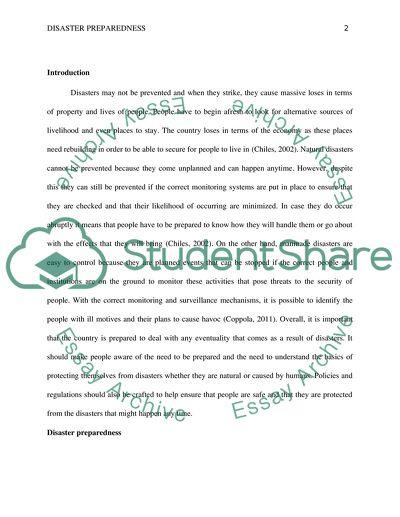Cite this document
(“Disaster Preparedness Policy: Prince Georges County Research Paper”, n.d.)
Disaster Preparedness Policy: Prince Georges County Research Paper. Retrieved from https://studentshare.org/sociology/1774669-prince-georges-county-maryland-emergency-management-preparedness
Disaster Preparedness Policy: Prince Georges County Research Paper. Retrieved from https://studentshare.org/sociology/1774669-prince-georges-county-maryland-emergency-management-preparedness
(Disaster Preparedness Policy: Prince Georges County Research Paper)
Disaster Preparedness Policy: Prince Georges County Research Paper. https://studentshare.org/sociology/1774669-prince-georges-county-maryland-emergency-management-preparedness.
Disaster Preparedness Policy: Prince Georges County Research Paper. https://studentshare.org/sociology/1774669-prince-georges-county-maryland-emergency-management-preparedness.
“Disaster Preparedness Policy: Prince Georges County Research Paper”, n.d. https://studentshare.org/sociology/1774669-prince-georges-county-maryland-emergency-management-preparedness.


